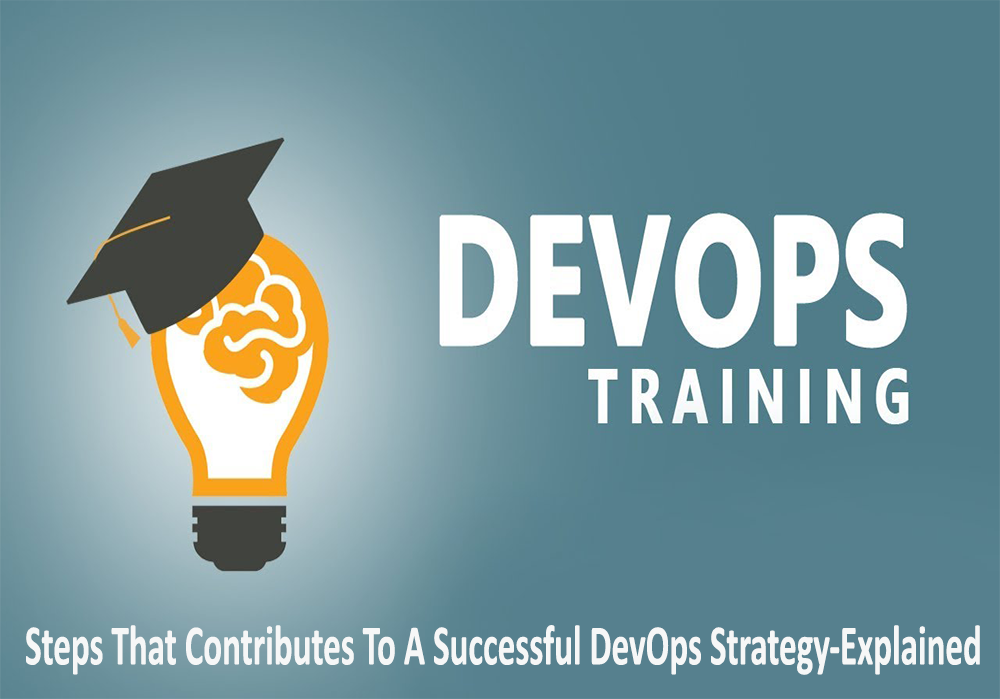Last Updated on by
Steps That Contributes To A Successful DevOps Strategy-Explained

DevOps is currently the buzzword across the IT & corporate domains. Some have considered it a marketing fad while others are of the view that it is meant to revolutionize IT operations. However most of the organizations fail to capitalize on their investment on DevOps to its fuller extent.
Before getting into the context on how to build a successful DevOps strategy let’s first understand what exactly is DevOps.
DevOps can be interpreted as innovative IT culture that emphasizes towards bringing the development, operations and testing personnel together in cross-functional teams, each of which is responsible for the entire lifecycle of a software product or service. The main objective of this approach is to significantly improve the agility of IT service delivery & at the same time improving the production levels within optimized costs.
Now, as you have acquired a basic knowledge of what exactly is DevOps & why it is used for here below are few steps that contribute to a successful DevOps strategy
Prepare For A Cultural Shift-
DevOps work towards integrating people, processes and tools together thereby, it works towards transforming the organization into a single entity. And thus if you are working towards implementing DevOps strategies then be prepared for a cultural shift which is like the backbone of DevOps.
Create A Continuous Integration, Continuous Delivery Platform-
The next step is to set your focus on the DevOps team itself. You should start by asserting the development team with accurate, up-to-date information about the production environment so they can plan deployment appropriately. This enables the development team to set their focus on working towards building a coordinated “build and run” approach in which the developer who builds a product or service “owns” that product or service through to production.
The deployment pipeline should integrate different aspects like continuous integration, continuous development & as well as continuous testing and continuous deployment into a single entity.
Create A Continuous Testing Environment-
In DevOps, the process of development, feedback & testing process is done rapidly in parallel unlike in the traditional waterfall process, where the code moves into the hands of testing team only after it finishes its complete development lifecycle. And so by making testing as an integral part of development, and QA personnel is part of the cross-functional DevOps team. This process ensures towards making the testing process either manual or automated to run continuously throughout the delivery pipeline.
In the similar manner other prominent things to be taken care of while implementing DevOps strategies are
- Establish a continuous deployment system
- Make use of blue/green deployment
- Continuously monitor performance
Along with all these aspects one other prominent aspect is to assign the right people for the right processes & equipping them with the right tools.
Interested to know more about DevOps? Be a part of the Kelly Technologies DevOps Training In Hyderabad.& gain clear insights to all the end-to-end aspects of DevOps platform.

